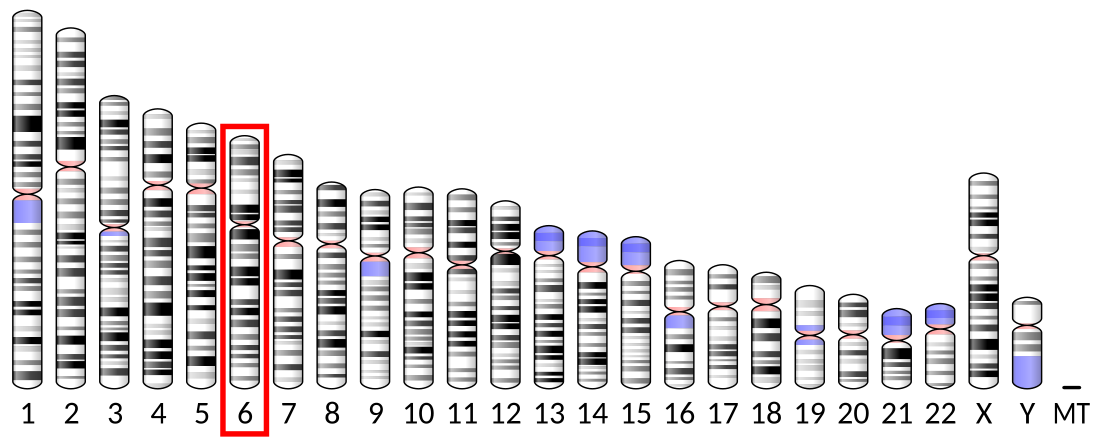Top Qs
Timeline
Chat
Perspective
Lymphotoxin beta
Protein-coding gene in the species Homo sapiens From Wikipedia, the free encyclopedia
Remove ads
Lymphotoxin-beta (LT-beta) formerly known as tumor necrosis factor C (TNF-C) is a protein that in humans is encoded by the LTB gene.[5][6][7]
Remove ads
Structure
Lymphotoxin-beta (LTB) is a type II membrane protein belonging to the TNF family. It forms heterotrimers with lymphotoxin-alpha, anchoring it to the cell surface. The predominant complex found on the surface of lymphocytes is the lymphotoxin-alpha 1/beta 2 complex (i.e., one molecule of alpha and two molecules of beta), which serves as the primary ligand for the lymphotoxin-beta receptor. A less common form is the lymphotoxin-alpha 2/beta 1 complex. Additionally, alternative splicing of the LTB gene results in multiple transcript variants encoding different isoforms. Notably, the lymphotoxin-beta isoform b cannot form a complex with lymphotoxin-alpha, indicating it may have functions independent of lymphotoxin-alpha.[7]
Remove ads
Function
LTB plays a critical role in immune system regulation. It is an inducer of the inflammatory response and is essential for the normal development of lymphoid tissues. The membrane-bound lymphotoxin complexes mediate signaling through the lymphotoxin-beta receptor, influencing immune cell differentiation and tissue organization.[7]
Clinical significance
The membrane-bound form of lymphotoxin has been implicated in tumorigenesis. Mice engineered to overexpress LTα or LTβ exhibit increased tumor growth and metastasis in several cancer models. However, earlier studies were limited by the use of mice lacking the entire LTα gene, making it difficult to distinguish the effects of soluble versus membrane-associated lymphotoxins.[8]
Interactions
LTB has been shown to interact with Lymphotoxin alpha.[9][10][11]
References
Further reading
Wikiwand - on
Seamless Wikipedia browsing. On steroids.
Remove ads





